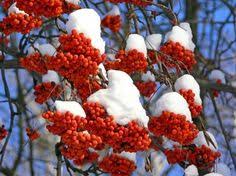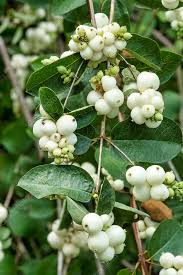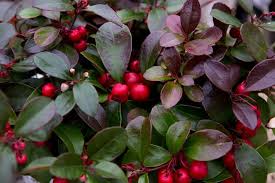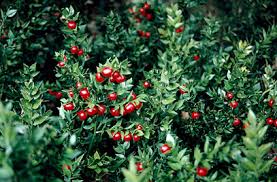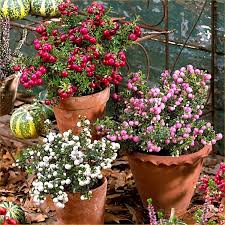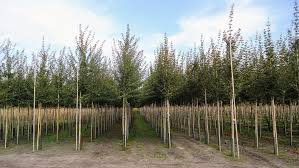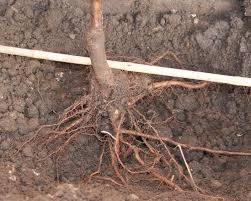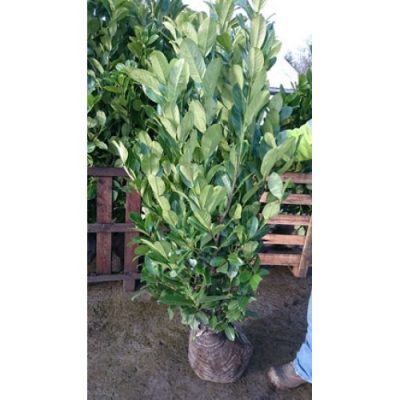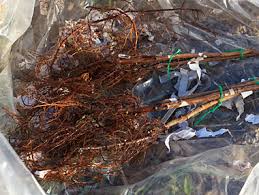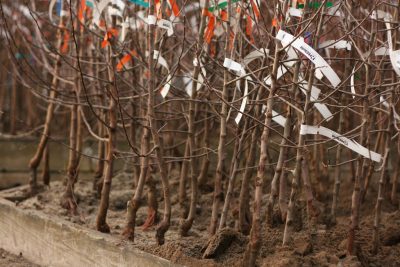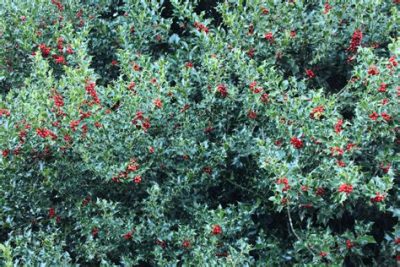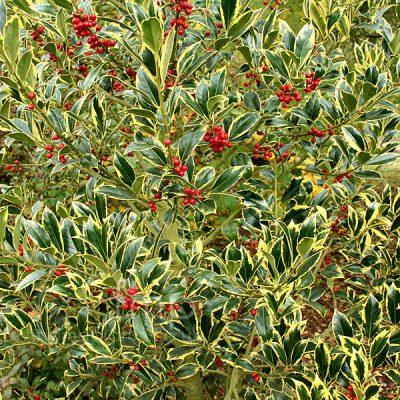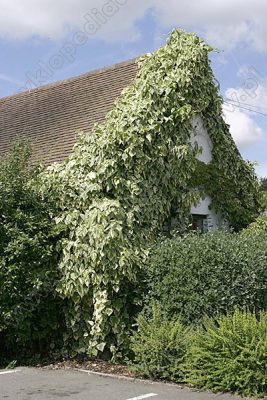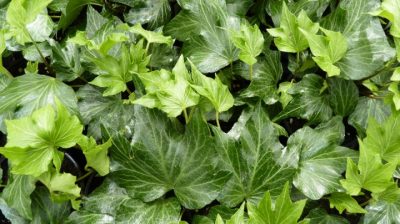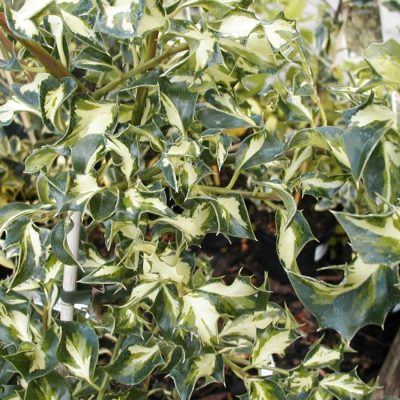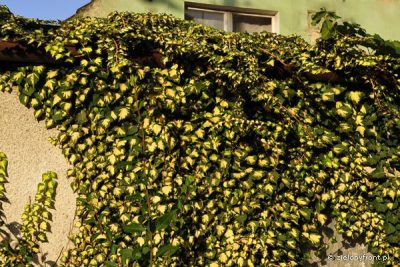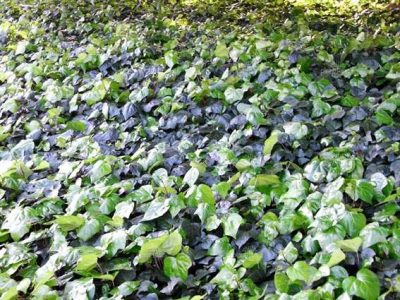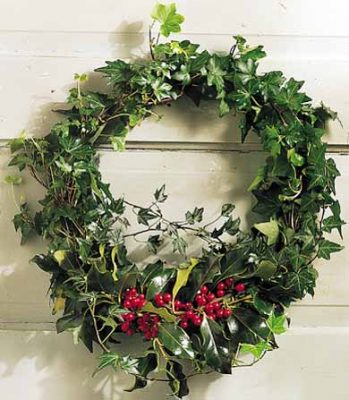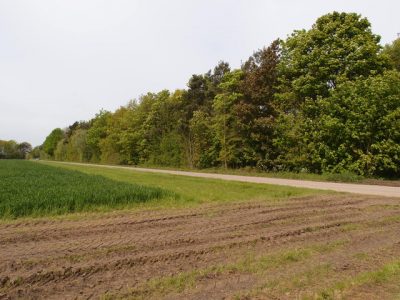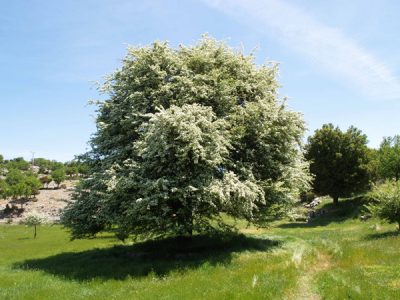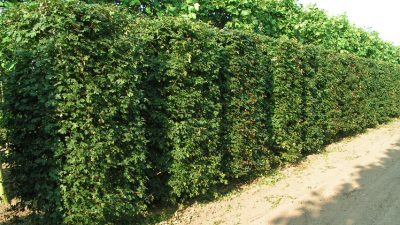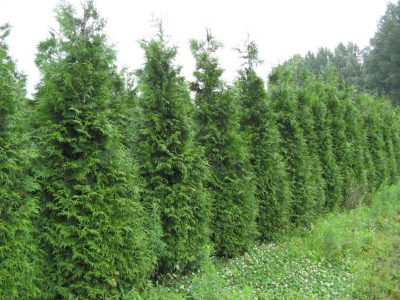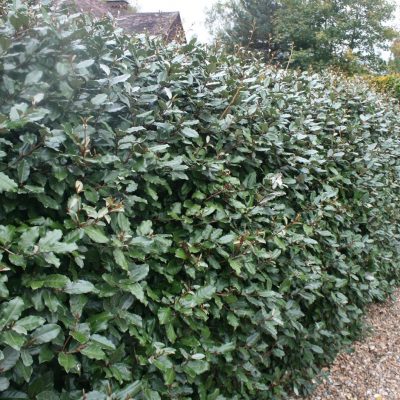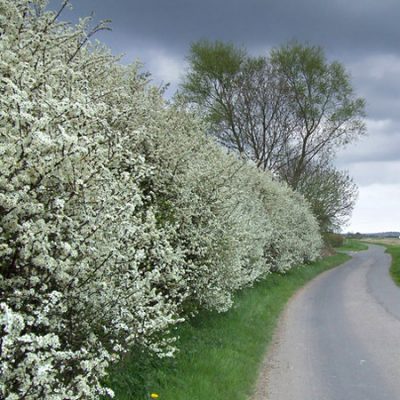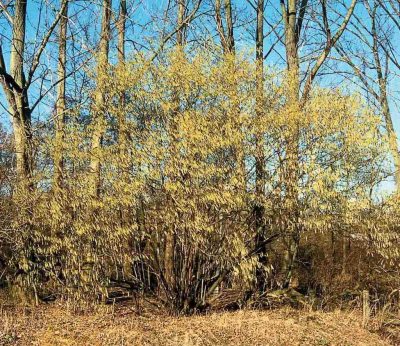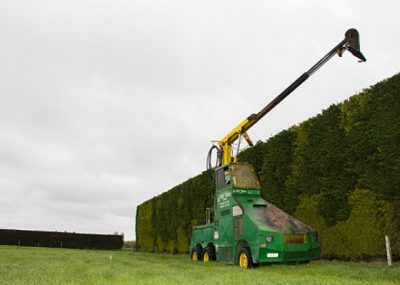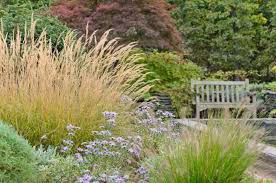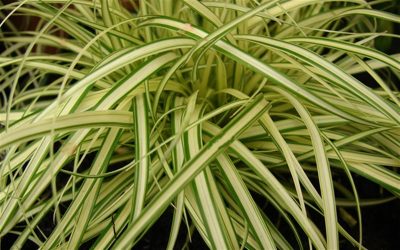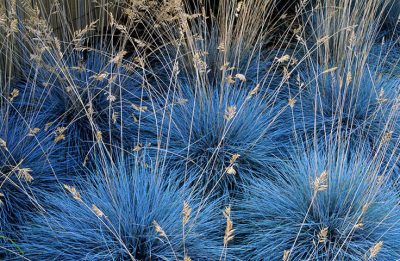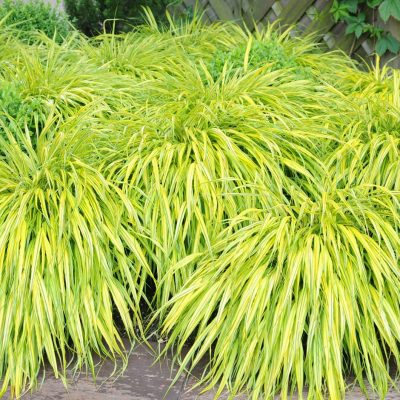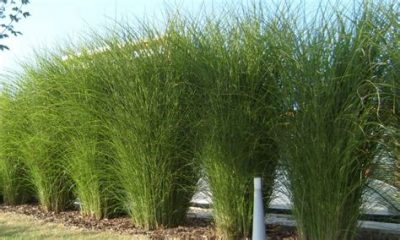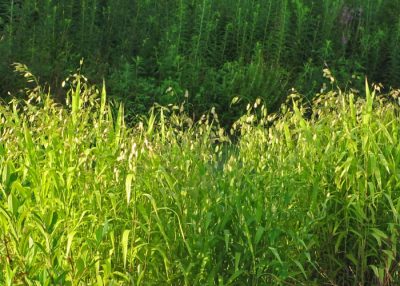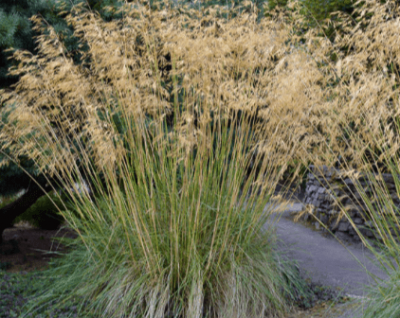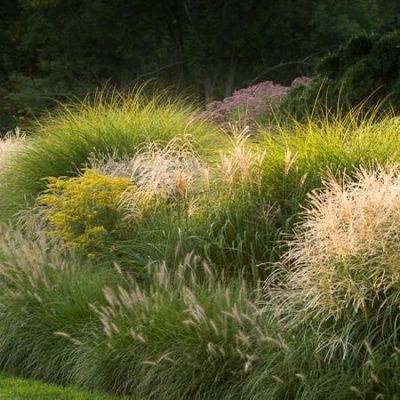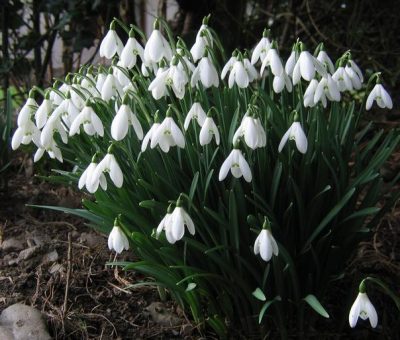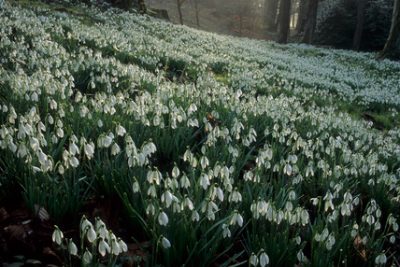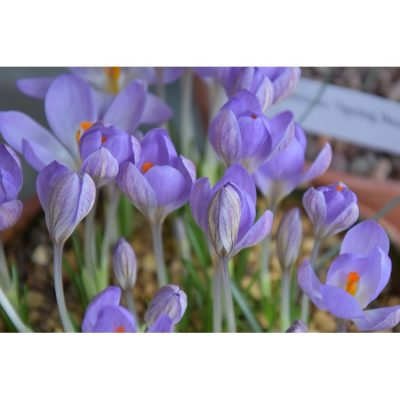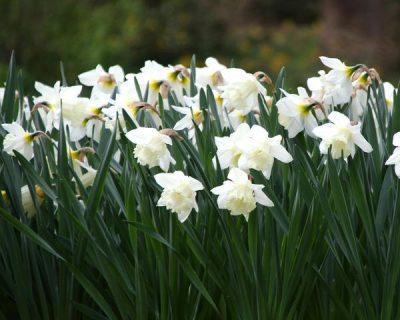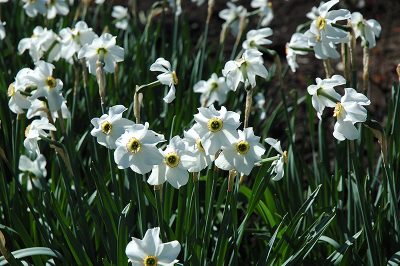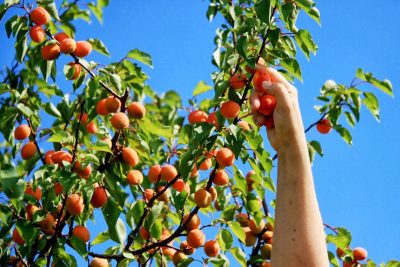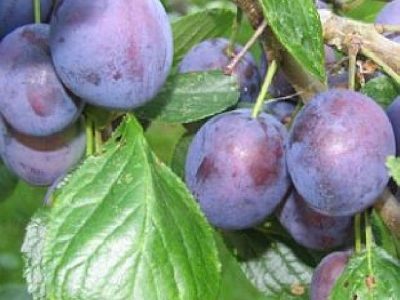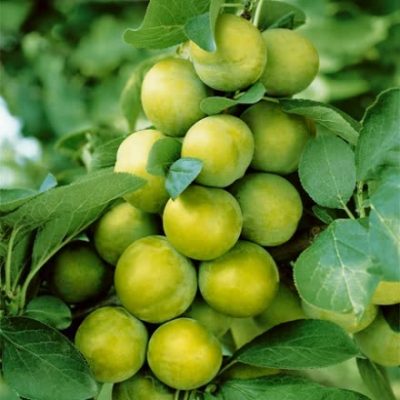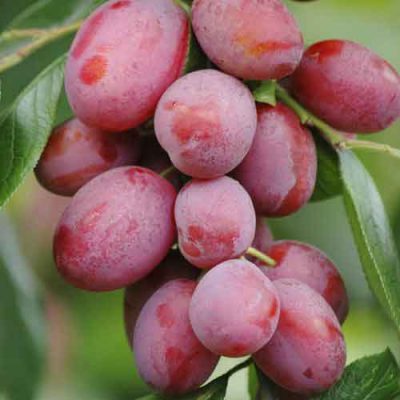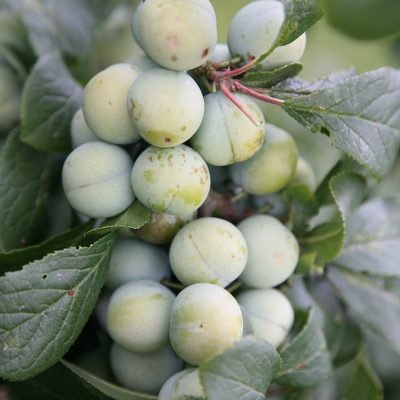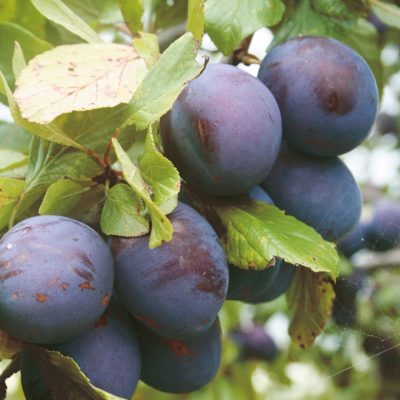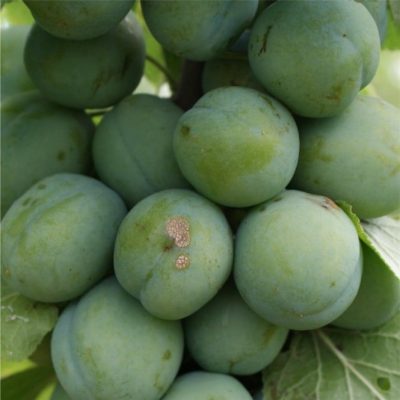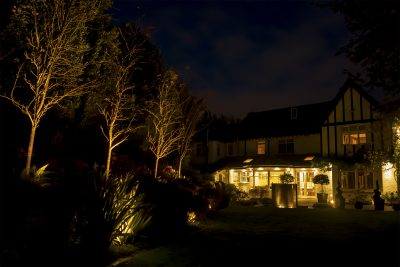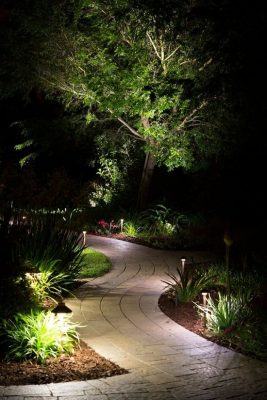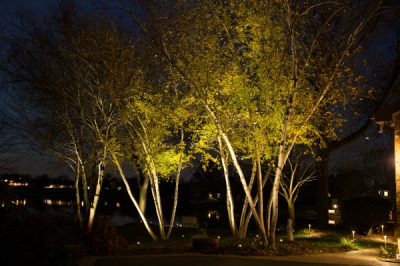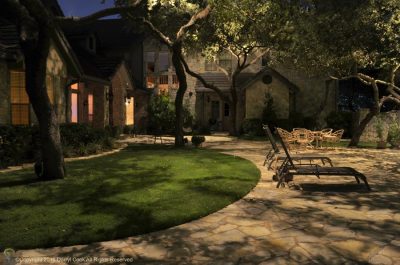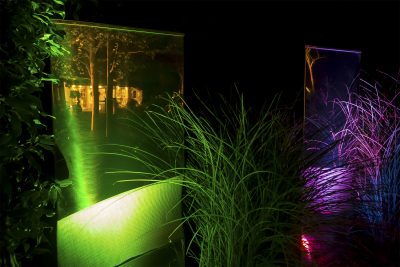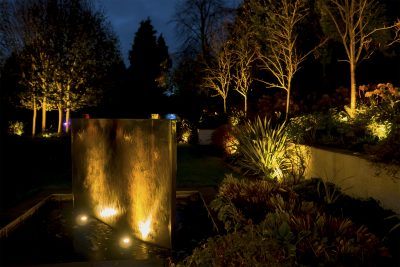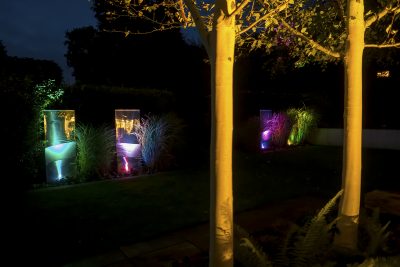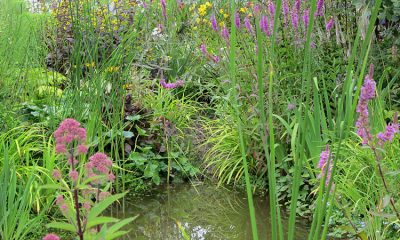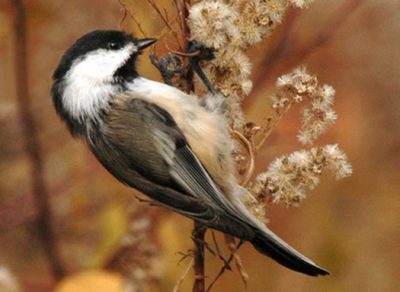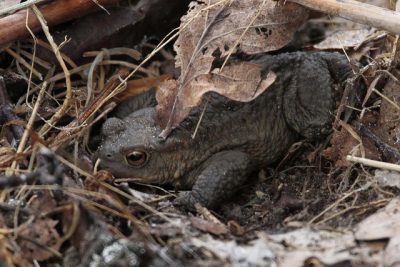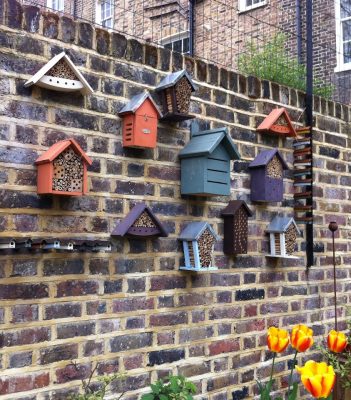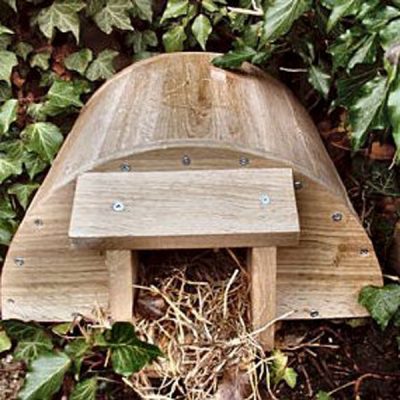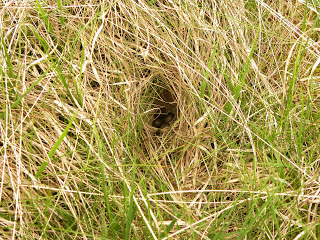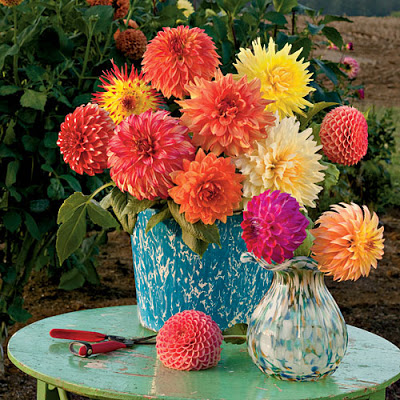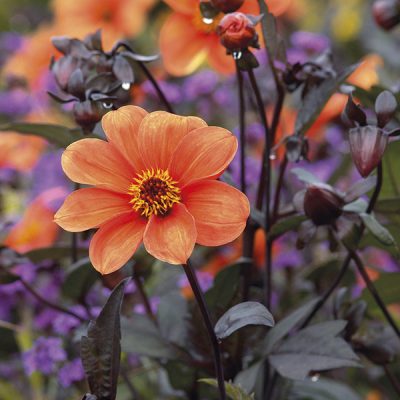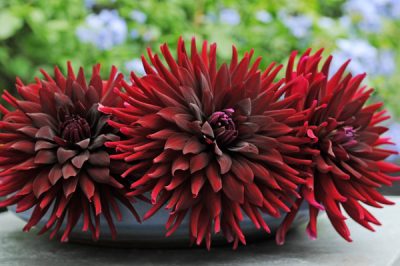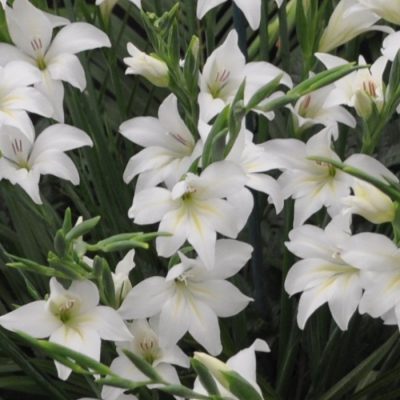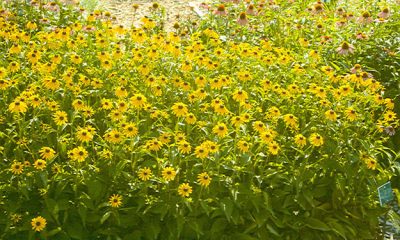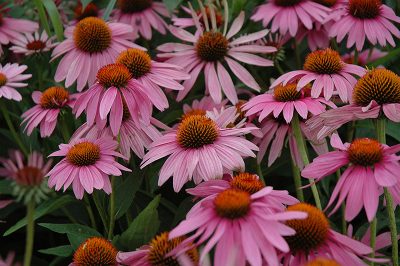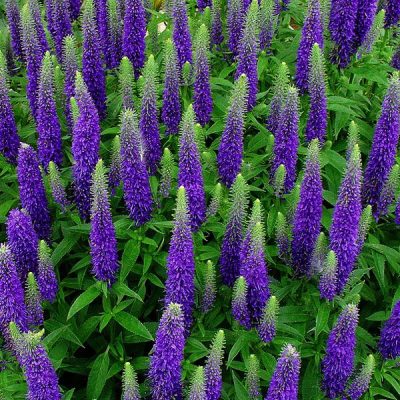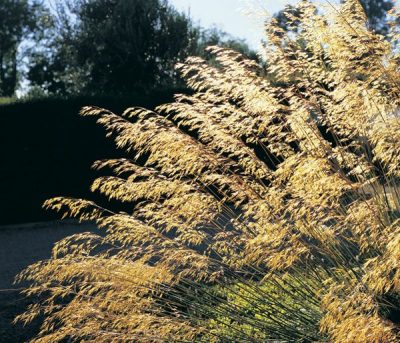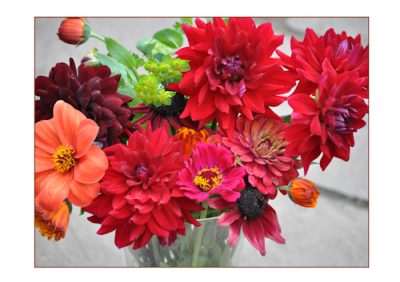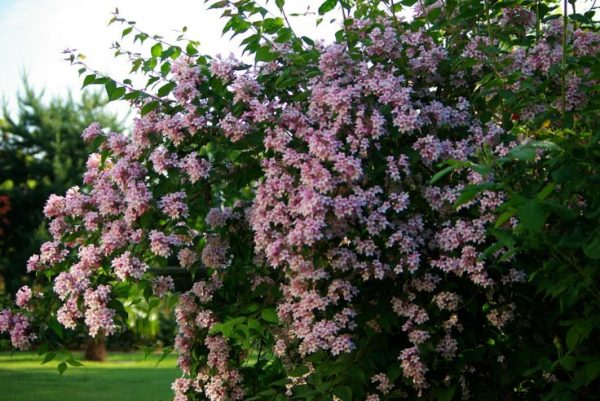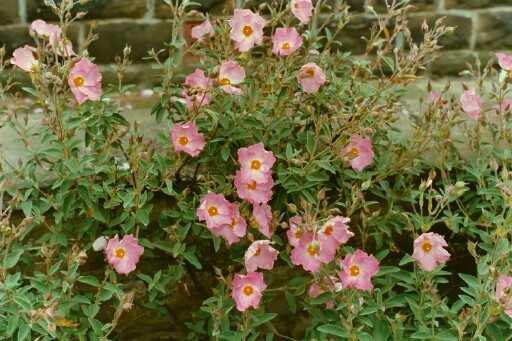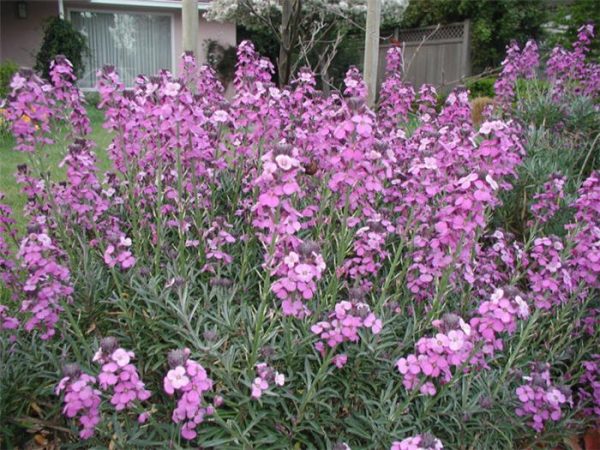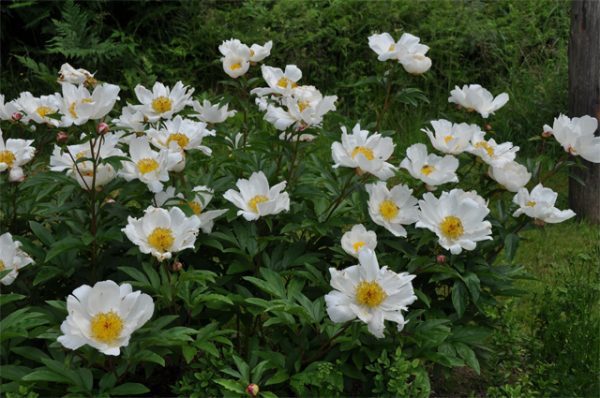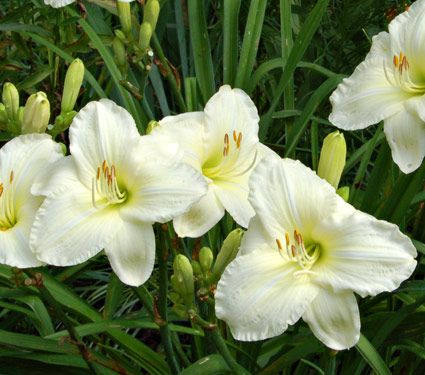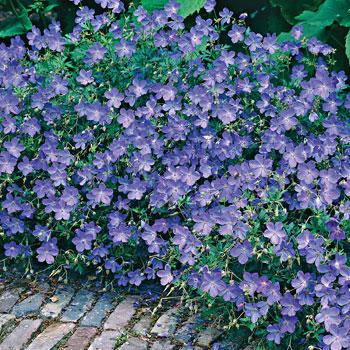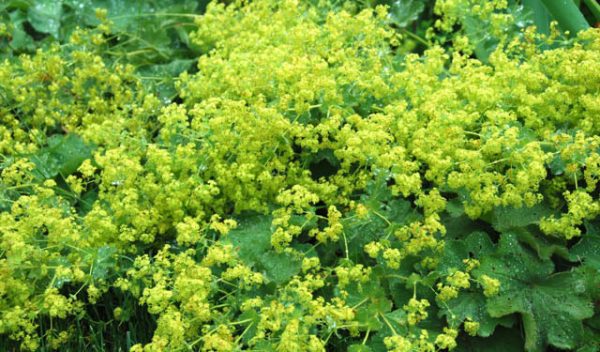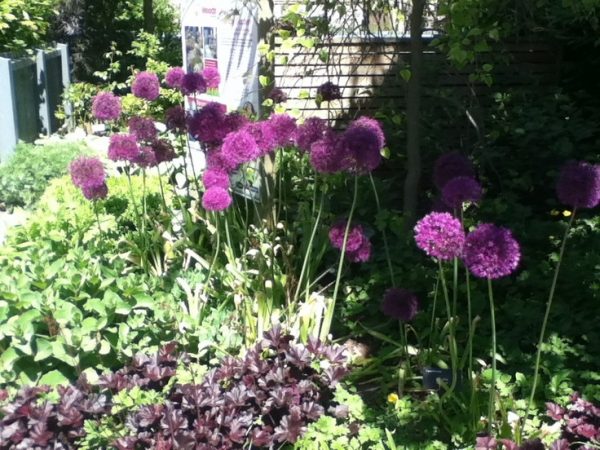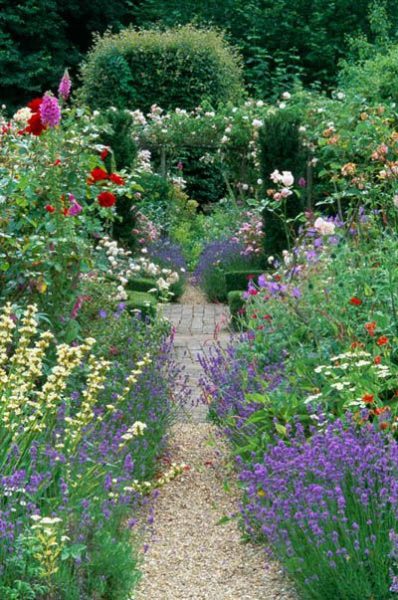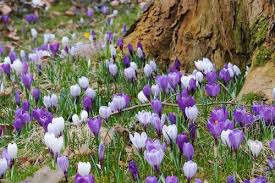
spring splendider
In early March sweeps of champagne fluted Crocus across lawned areas, in creams, whites, pale mauve and dark purple, butter yellow and lemon cream and with delicate veining can be enjoyed to the max, also in pots and containers near the house. With a bright sunny early spring day their delicate beauty is transformed, as these sun seekers open their petals wide to form shallow stars of wonderful contrasting basal beauty and bright orange stamens. This early spring show brings a splash of colour to the March srping garden. There are so many to close from but here is a selection of some old varieties that are proved to be good performers year on year.
Large Dutch Crocus, this group have larger showier flowers and are better in longer grass, some getting to the dizzying heights of 10 to 12cm Most flower in early to mid March.
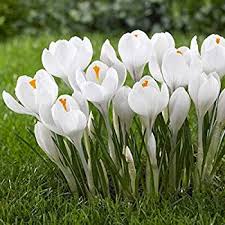
Crocus Joan of Arc
-
Joan of Arc. A brilliant pure white with a dark purple basal splash and brilliant orange stamens, this is a very hansom corm, making a good solid colour contract in a lawn planting.
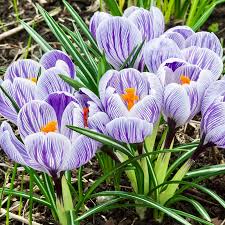
Crocus King of the Stripe
-
King of the Stripe : A dramatic crocus with white petals and dark purple veining, reaching down to a dark purple base. This crocus works well in a tall pot brought closer to eye level so the delicate beauty of the veining can really be enjoyed.
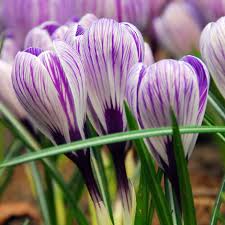
Crocus Pickwick
-
Pickwick: A show stopper of a crocus with light mauve petals with rich purple veining. Idea for a special spot in a flower bed close he the house or on a raised bank where the veining can be fully appreciated.
Chrysanthus varieties, These crocus are smaller then the Large Dutch varieties listed above growing to 7 to 10cm approx, For that reason they may be best for natural looking sweeps set in grass. They tend to flower earlier, Late January into February and some into March.
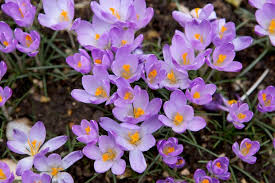
Crocus Advantage
C. Advantage: This is a very striking looking crocus with it’s three colours, the main petals are buttercup yellow, sliding down to the bottom of the petal to light mauve and to am imperil purple base. Quite a sight when the crocus opening fully in the winter sun.
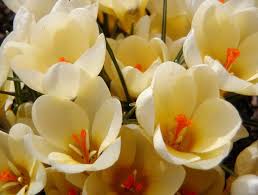
Crocus Cream Beauty
C. Cream Beauty: This classic crocus is a reliable performer, producing beautiful rich cream flowers with a contrasting bronze green basal splash of colour.
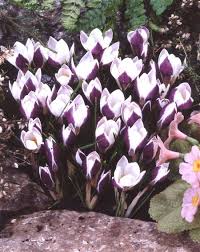
Crocus lady Killers
C. Lady killer: A dramatic purple violet crocus with a striking white rim, make this a good choice for a bold block planting.
Like all bulbs/corms they are very easy to grow, order/buy September. Plant end of September into October. Planted 7.5 to 10cm below the surface. For lawn and flower bed planting, plant 3 to 5 corms in a group in a single wide hole, carefully arranging the bulbs with the growing tip to the surface. Plant as single corms in pots and containers. They should be placed close to paths and doors, where they can be easily enjoyed with out a track down a cold early spring garden.
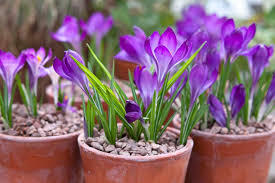
pots of colour.
There is one little and possible slightly bigger problem, these corms and more importantly their tender growing shoots are much beloved by mice and squirrels. In pots cover with netting or mesh, with a spacer making sure there is a good 10cm of space for the tips to grow and not get eaten. Out in flower beds and lawns it is pot luck and a case of over planting to compensate.
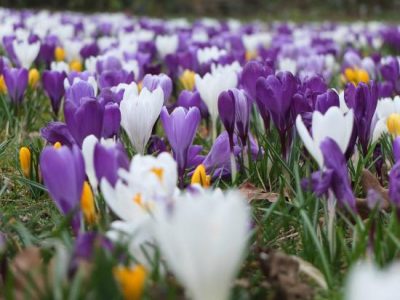
glorious crocus
But do not let that put you off as these are inexpensive jewels of delight and a MUST for any spring garden from the window box to the country arced Estate.
Enjoy!

